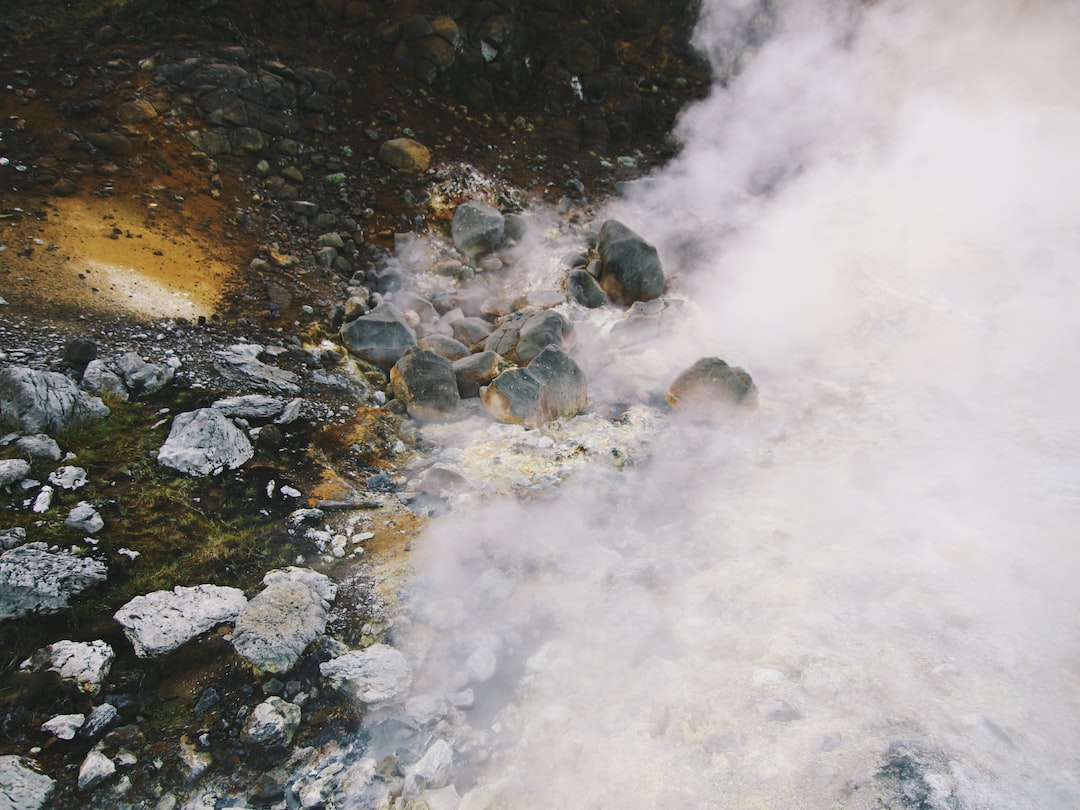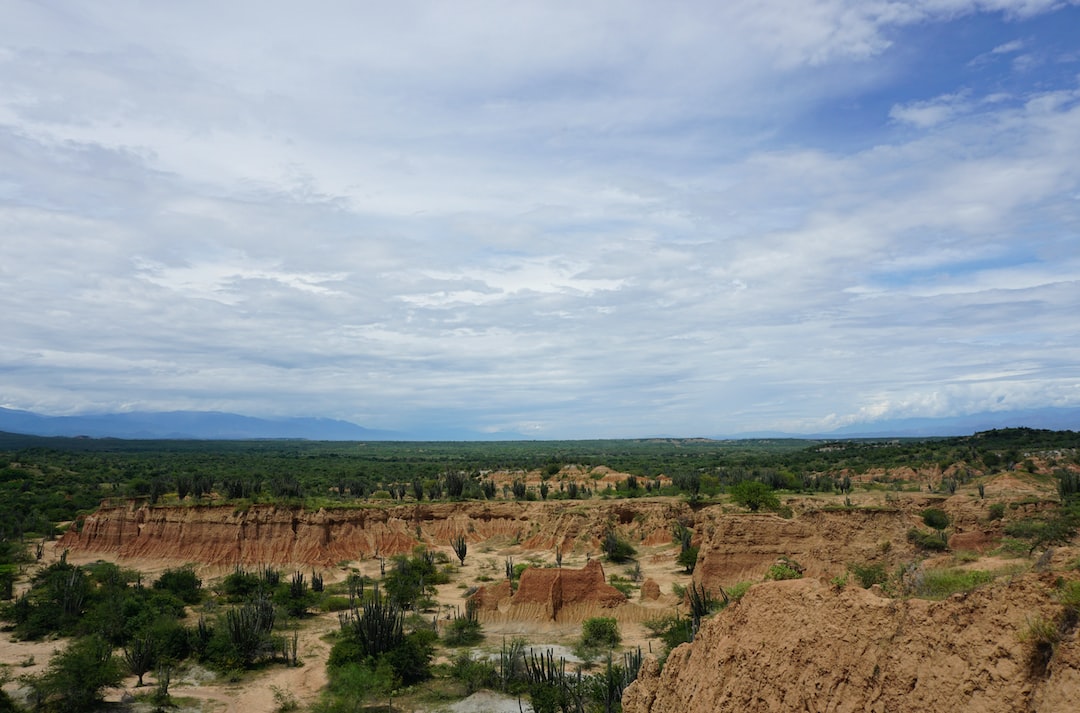Hiking in hot weather poses a unique set of challenges that require careful attention to ensure a safe and enjoyable experience. Combining the physical demands of hiking with exposure to high temperatures can lead to dehydration, heat exhaustion, and even heatstroke. Thus, it is crucial to know how to adapt to the heat and avoid common pitfalls.
When hiking in hot weather, start early, choose shady trails, wear light-colored, loose-fitting clothing, and a wide-brimmed hat. Hydrate frequently, even before you feel thirsty, and replenish electrolytes with snacks or sports drinks. Apply sunscreen and take regular breaks in cool or shaded areas. Know your limits and stay alert for signs of heat exhaustion.
Choosing the Right Clothing
When hiking in hot weather, the appropriate clothing is essential to help regulate body temperature, wick away sweat, and protect against sunburn. In my experience, lightweight, moisture-wicking, and breathable fabrics such as polyester or merino wool are ideal. They pull sweat away from your skin, allowing for evaporation to keep you cool and dry.
Should You Wear Light or Dark Clothes?
A common debate among hikers is whether light or dark clothing provides better protection from the sun. Light-colored clothes reflect the sun’s rays, helping to keep you cooler than dark-colored clothes which absorb that sunlight. On the other hand, some argue that dark-colored clothing can offer better ultraviolet (UV) protection. My recommendation is to opt for light-colored clothes and use additional sun protection measures such as sunscreen and wide-brimmed hats.
What About Shorts or Long Pants?
Another important consideration is whether to wear shorts or long pants. While shorts may seem like the obvious choice for staying cool in hot weather, long pants offer added protection against sunburn, insect bites, and abrasion from plants or rocks. Choose pants made of lightweight and quick-drying materials for optimal comfort.
Footwear: Sandals, Trail Runners, or Hiking Boots?
The right footwear can greatly impact your hiking experience in hot weather. Sandals are popular for their breathability and lightweight design, though they offer less support and protection than traditional hiking boots. Trail runners are another excellent option, combining the support and protective features of hiking boots with the breathability and lightweight characteristics of running shoes. When deciding between footwear, prioritize factors such as support, breathability, and protection based on your hiking conditions and personal preferences.
Is Ventilation more important than Waterproofing in hot weather?
Though waterproof boots provide excellent protection during wet conditions, they may sacrifice breathability which can lead to hot, sweaty, and uncomfortable feet. Opting for well-ventilated, non-waterproof footwear can generate more airflow, allowing your feet to stay cooler during hot weather hikes. However, if your trail involves crossing streams or navigating through wet terrain, waterproof boots might still be necessary.
Hydration: Essential for Hiking in Hot Weather
When hiking in hot weather, proper hydration is crucial to maintain your energy levels and prevent heat-related illnesses. Sweating is your body’s natural cooling mechanism, but this can quickly cause you to lose fluids and electrolytes. Here are some essential tips for staying hydrated while hiking in hot weather:
1. Carry plenty of water. Aim to bring at least one liter of water per hour of hiking. It’s better to have extra water than risk running out.
2. Drink frequently and consistently. Instead of chugging water periodically, take small sips throughout your hike. Set a reminder on your phone or watch to drink every 10-15 minutes.
3. Consider electrolyte supplements. Sports drinks, electrolyte supplements, and salt tablets can help replenish the vital minerals lost through sweat.
4. Hike near water sources. If possible, plan your hiking route near natural water sources such as rivers or streams. This allows you to resupply and minimize the weight of water you need to carry.
Know the Signs of Heat-related Illnesses
Understanding the signs and symptoms of heat-related illnesses can enable you to take appropriate action if these issues arise. Common heat-related conditions include dehydration, heat cramps, heat exhaustion, and heatstroke.
Dehydration: Symptoms may include thirst, dry mouth, dizziness, decreased urine output, headache, and fatigue. Stay properly hydrated to prevent dehydration from occurring.
Heat cramps: Cramping in your limbs and abdomen, excessive sweating, and fatigue due to electrolyte loss are potential indicators of heat cramps. Rest in a cool place, hydrate, and consume electrolytes to relieve symptoms.
Heat exhaustion: Signs of heat exhaustion include heavy sweating, rapid pulse, dizziness, nausea, headache, and fainting. If experiencing these symptoms, move to a cooler area, rest, and hydrate immediately.
Heatstroke: This is a medical emergency, and symptoms may include a high body temperature (above 103°F), red, hot skin, rapid and strong pulse, confusion, and unconsciousness. If you or someone you’re with exhibits these symptoms, call 911 and quickly act to cool the body by any means possible.
Timing Your Hike
To avoid the most intense heat of the day, try to plan your hiking trip early in the morning or later in the afternoon. Avoid hiking during peak heat hours, typically between 11 AM and 3 PM. In addition to cooler temperatures, off-peak hours also provide a more peaceful and serene hiking experience.
Stay Cool by Dipping and Wetting
A quick dip in a stream or soaking your clothing in water can help keep your body temperature down while hiking in hot weather. Consider investing in a cooling towel that, when wet, can be worn around your neck, providing instant refreshment during your hike.
Choose Your Trail Wisely
When hiking in hot weather, select trails with ample shade, water sources, and less intense climbs. Higher altitudes often have lower temperatures and may offer relief from the heat. Be aware of the trail’s terrain, as rocky or sandy surfaces can radiate heat and exacerbate the temperature.
With careful planning, understanding the risks, and employing the proper gear and techniques, hiking in hot weather can be a rewarding and challenging experience. Stay informed and prepared, and enjoy the unique beauty that hot weather hikes can offer.
Preparing Your Body for the Heat
Before stepping out on your hiking adventure, it’s essential to acclimate your body to the heat. Start incorporating heat training into your exercise routine by gradually increasing the temperature and duration of your workouts. By doing this, you will enhance your body’s ability to tolerate and perform in hot conditions.
Regularly Check Weather Conditions

It’s crucial to stay informed about the weather conditions on your hike. Accurate forecasts can help you anticipate potential heat waves and humidity levels. Knowing the expected temperature range, heat index, and potential weather changes will allow you to plan and adjust your route or schedule accordingly. Bring a backup power source for your phone or invest in a portable weather radio to stay informed during your hike.
Pacing Yourself
Listen to your body and adjust your pace to avoid overheating. In hot temperatures, it’s advisable to hike at a slower pace than usual, allowing your body to adapt to the increased demands of the heat. Take regular breaks in shaded areas and assess your physical condition frequently. Don’t push yourself too hard, and remember that everyone’s limits are different.
Snacking Smartly
In hot weather, your body’s energy requirements increase. Thus, it’s essential to maintain your energy stores by consuming nutritious and easy-to-digest snacks throughout the hike. Opt for high-energy and light snacks such as trail mix, energy bars, fresh fruits, or nut butter packets. You can also incorporate salty snacks that not only help replace sodium lost through sweating but also enhance your body’s ability to retain water.
Protecting Your Skin and Eyes
Sun protection is crucial when hiking under the scorching sun. Apply a high-quality, water-resistant sunscreen of at least SPF 30 to all exposed skin areas. Reapply throughout the hike as directed, especially after sweating or swimming. To shield your eyes from harmful UV rays, wear sunglasses that have 100% UV protection. A wide-brimmed hat or a cap with a neck cover attachment can further protect your face, ears, and neck from sunburn.
Stay Alert for Wildlife
Wild animals, such as snakes and insects, may become more active in hot weather. Be cautious and aware of your surroundings to avoid any potentially dangerous critters. In snake or insect-prone areas, use trekking poles to probe brush before stepping and consider wearing gaiters for additional leg protection. Bring a basic first aid kit equipped to handle bites and stings.
By comprehensively addressing the physical, environmental, and mental challenges of hiking in hot weather, you’ll set yourself up for a more enjoyable and safer experience. As long as you prioritize personal well-being, hydration, and protection from the elements, you’ll be well-prepared to conquer the outdoors in the heat. Embrace the warmth and savor the unique perspectives that hiking in hot weather affords.






